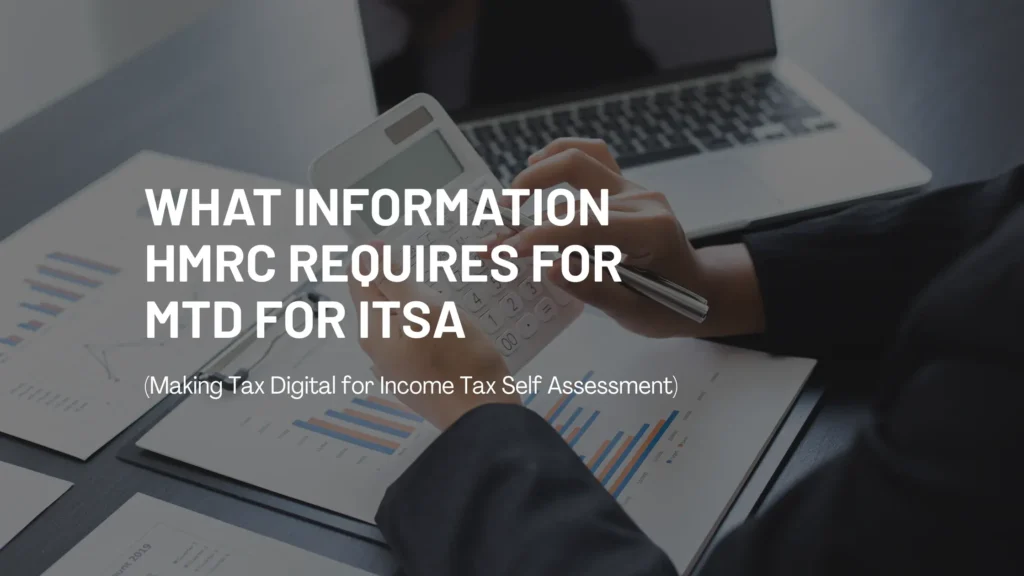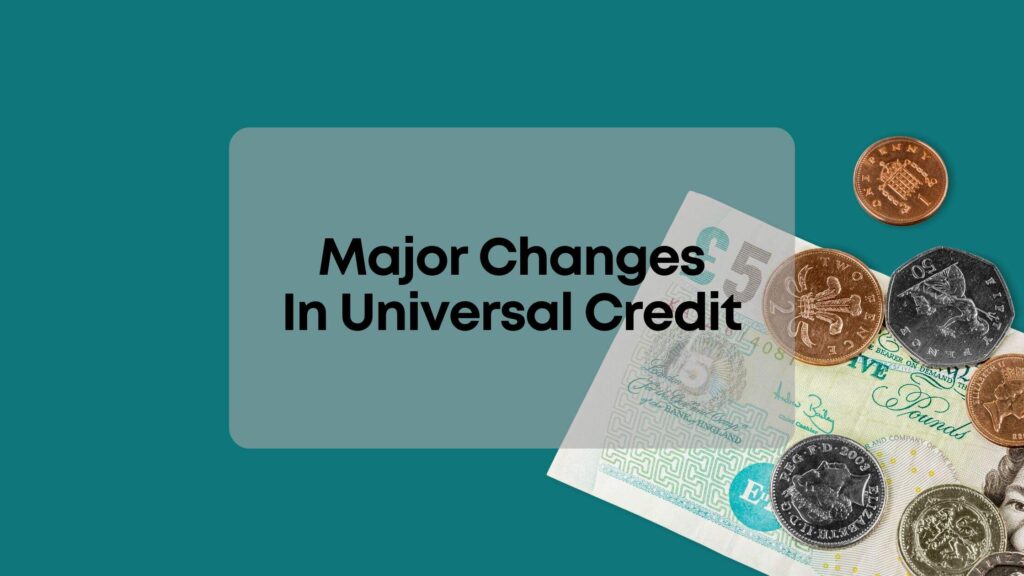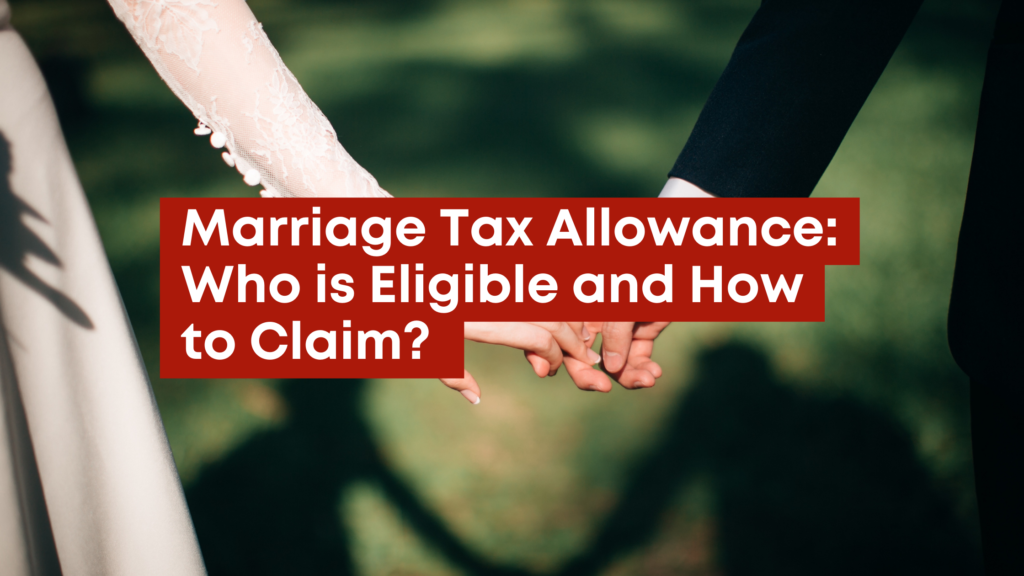MTD for Income Tax (Making Tax Digital for Income Tax) is a UK government initiative that requires sole traders, landlords and self-employed individuals to submit detailed financial information to HMRC digitally. This includes income, expenses, and any other claims or adjustments related to their business activities. The goal is to ensure accuracy, reduce errors, and make tax filing more efficient through quarterly updates. In this article, we will explain the specific information HMRC requires for MTD for Income Tax submission, including details about income, business expenses, and any adjustments.
Key Information HMRC Requires for MTD Submission
HMRC requires business and self-employed individuals to submit accurate income, expenses, and adjustment details under MTD for Income Tax. Here are the key categories of information HMRC expects:
Income Information for MTD Submission
HMRC requires businesses to provide detailed income information, including:
- Turnover: The total income generated from business activities, such as sales and services.
- Other Income: Any additional income such as investment income, rent, or royalties.
Self-employed individuals and small businesses must provide accurate income data to ensure correct tax calculations and avoid penalties for underreporting.
Business Expenses for MTD
HMRC also needs a comprehensive breakdown of business expenses, including:
- Cost of Goods Sold: The price of goods bought for resale or used in the business.
- Staff Costs: This includes wages, salaries, and any other employee-related costs.
- Operating Expenses: Costs related to the business’s day-to-day operations, such as rent, utilities, travel, and insurance.
Businesses in sectors like retail or construction may need to provide more detailed expense reporting to HMRC.
MTD Capital Allowances
Under (MTD for ITSA), individuals, sole traders or landlords must send quarterly summaries of their income and allowable expenses. Capital allowances give tax relief on items such as machinery, equipment, and business vehicles. These are not included in the quarterly updates. Capital allowance claims are made once a year in the final declaration, also called the end of period statement. It includes all the tax adjustments and reliefs for the full tax year.
Examples of claims include:
- Annual Investment Allowance for qualifying capital purchases
- Other allowances such as those for zero emission vehicles or balancing adjustments
Landlords and property businesses must report income and expenses every quarter, including costs related to property maintenance and finance. Any capital spending and related allowance claims should be added to the final declaration at the end of the year.
Property Business Requirements Under MTD for Income Tax
Landlords and property businesses must report additional income and expenses related to their properties. Categories include:
- Rental Income: Earnings from renting properties.
- Property Expenses: Costs such as maintenance, repairs, and mortgage interest.
- Furnished Holiday Lettings (FHL): Self-employed landlords with FHL must follow new rules that took effect in April 2025.
UK properties require reporting of rental income, non-residential property finance costs, and property-related expenses. Overseas properties also require reporting, covering income and related expenses. Jointly let properties allow owners to choose whether to report just income or both income and expenses.
Don’t Delay Submit your Self Assessment Before The Deadline
Submit your tax return by 31 January to avoid late filing penalty. Swiftacc offers expert Self Assessment tax return services, starting at just £99.
Book an AppointmentLearn MoreHow to Submit MTD Information to HMRC for Income Tax
Submitting MTD information to HMRC for Income Tax requires using approved software that allows you to send income, expense, and adjustment details directly to HMRC. Here is how to submit accurate MTD information:
Using MTD-Compliant Software
To submit MTD for Income Tax information, individuals must use software that links directly with HMRC’s system. Key features to look for in MTD-compliant software include:
- Integration with HMRC: Ensures the software can send data directly to HMRC.
- Ease of Use: A user-friendly interface to simplify the filing process.
Popular MTD for ITSA software options include FreeAgent, QuickBooks, and Xero. Selecting the right software helps simplify your MTD submission and ensures accuracy.
Quarterly Updates and Deadlines
Under MTD for Income Tax, you must submit quarterly updates summarising income and allowable day-to-day expenses. These updates do not include capital allowances or tax adjustments, which are instead submitted as part of the final declaration.
Each update must be submitted by the 5th of the month following the end of the quarter. For example
- Quarter 1: 6 April – 5 July → Submit by 5 August
- Quarter 2: 6 July – 5 October → Submit by 5 November
- Quarter 3: 6 October – 5 January → Submit by 5 February
- Quarter 4: 6 January – 5 April → Submit by 5 May
Failing to meet deadlines may result in penalties under the points-based system introduced for MTD for ITSA. Learn more about MTD in our complete guide on how to get ready for MTD for Income Tax Self-Assessment.
In summary, MTD for Income Tax requires sole traders, landlords, and other self-employed individuals to submit digital records of their income, expenses, and adjustments on a quarterly basis. Using MTD-compliant software and meeting deadlines makes compliance easier. Understanding MTD submission requirements is key to staying compliant and filing your taxes accurately and on time.





